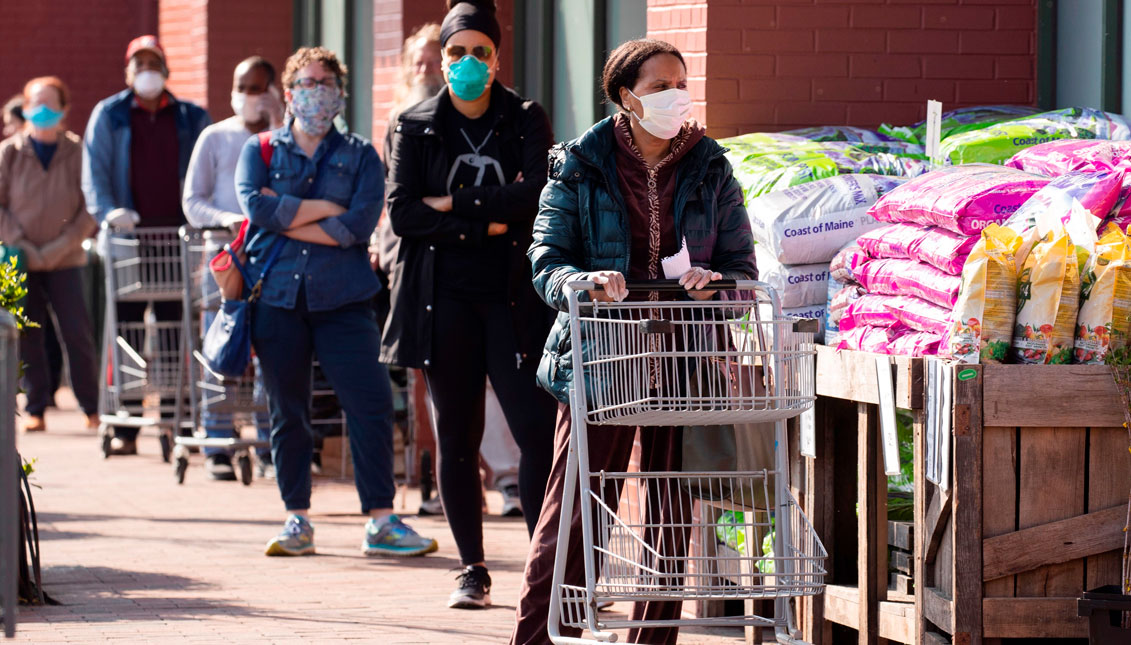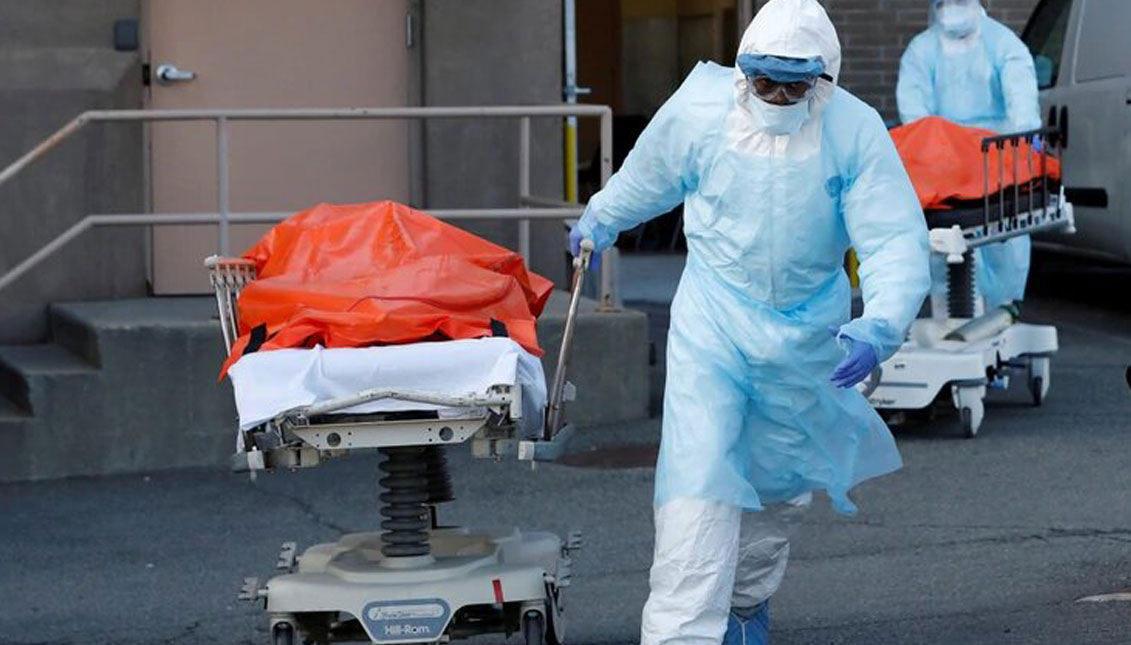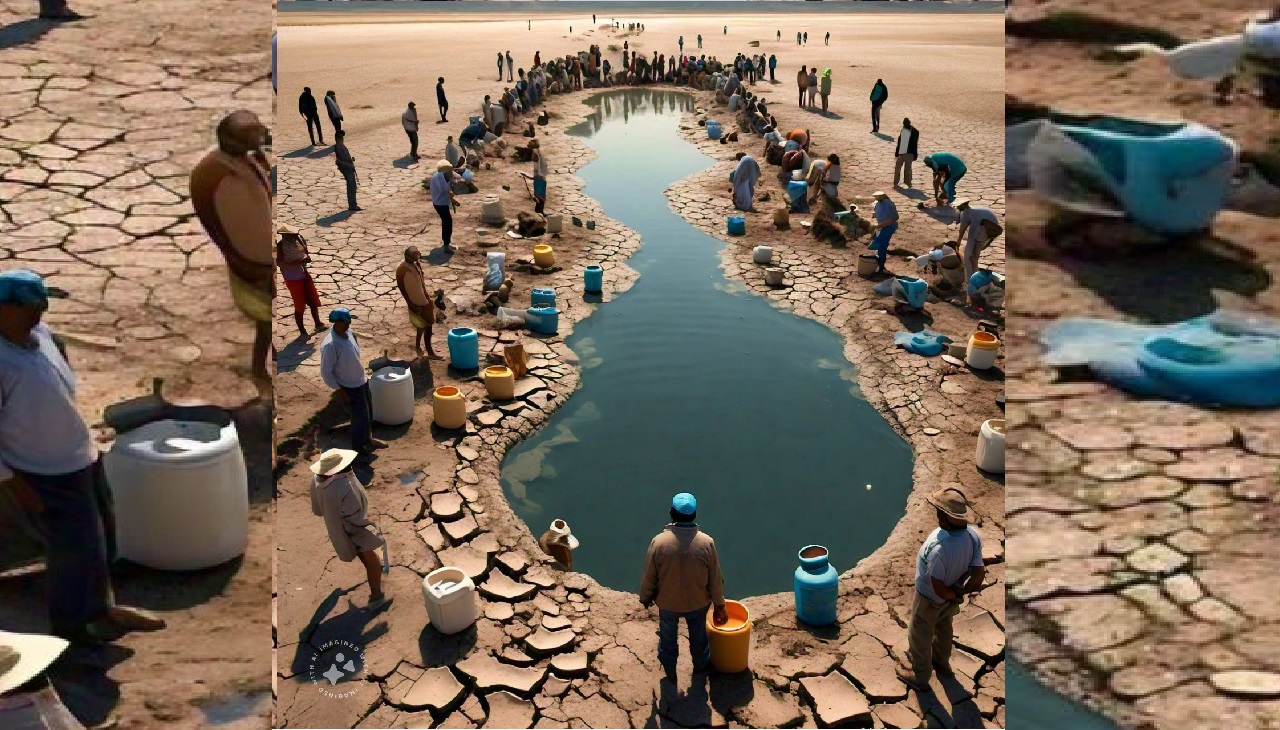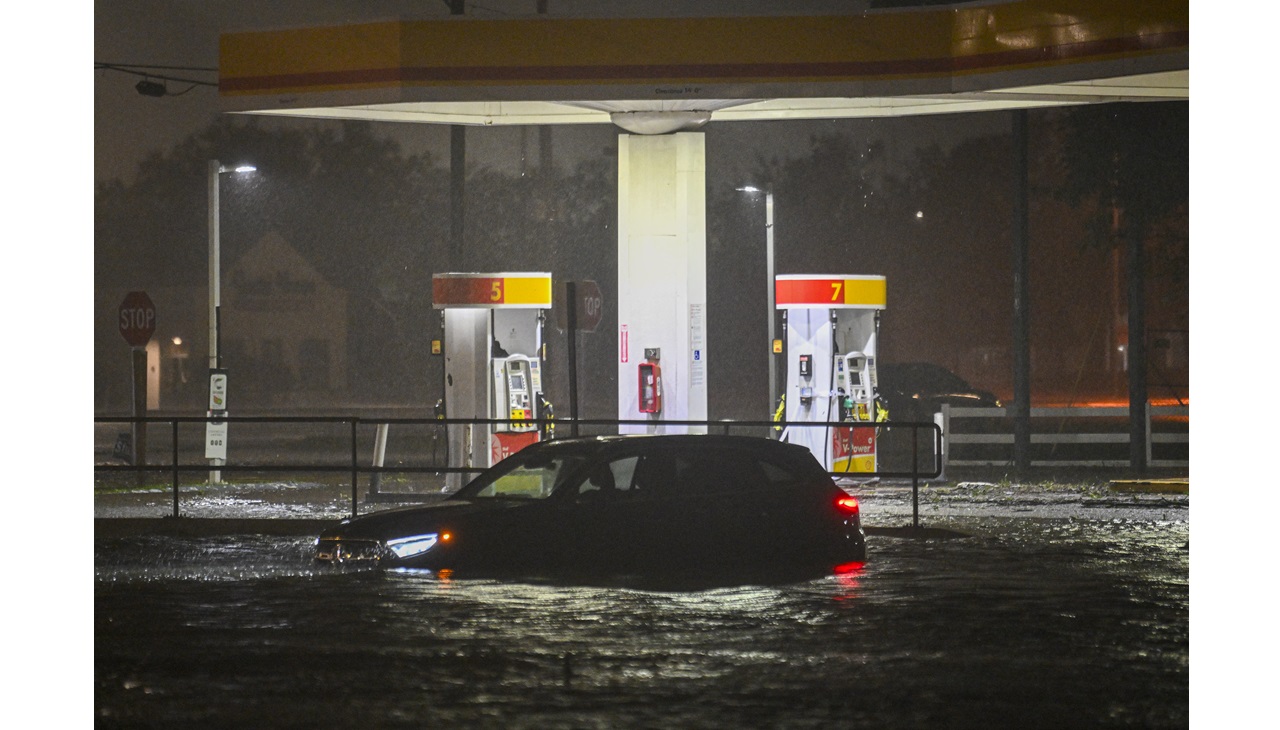
Brief Summary of the Coronavirus Crisis in the United States
Between lost time and high population density, the United States has become the epicenter of the COVID-19 pandemic.
The last three months seem to have been transformed in decades by COVID-19, also known as Severe Acute Respiratory Syndrome 2 (SARS-CoV-2) or coronavirus, spread to more than 200 countries.
Initially reported in December 2019 in the capital of China's Hubei Province, Wuhan, the aggressive virus has claimed the lives of more than 130,000 people around the globe, with numbers rising by the minute.
While the World Health Organization (WHO) recommended social distancing, closure of public spaces and testing protocols, many countries were slow to take the issue seriously.
Among them, the United States.
For the New Year, the U.S. Centers for Disease Control and Prevention (CDC) obtained information on the emergence of cases in China and delivered the reports to the Department of Health and Human Services (HHS) within 24 hours.
It was an acute clinical picture where people presented fever, cough and severe respiratory distress, with an average incubation time of five days. Although some symptoms could be mild in some cases, in others, the course was violent and a person could need a ventilator and/or die within hours.
Despite receiving the alarming announcement from the National Security Council (NSC), President Donald Trump downplayed it, in part because of the media attention surrounding his congressional impeachment, according to the Washington Post.
With the genetic information provided by China in the early days of 2020, HHS organized a committee to evaluate the information, comprised of the now well-known Dr. Anthony S. Fauci, director of the National Institute of Allergy and Infectious Diseases.
As of January 14, China reported a lack of sufficient evidence of human-to-human transmission.
The first protocol put in place by the CDC was to monitor passengers at John F. Kennedy International Airport in New York, San Francisco, Los Angeles, Chicago, and Atlanta, using a national test instead of the test being distributed internationally by the WHO.
As of January 21, there was a report of the first case on U.S. soil.
According to the New York Times, it was the imposition of regulations by the Food and Drug Administration, headed by Dr. Stephen Hahn that prevented massive testing in the early days of the epidemic in the country during the first weeks of the year.
"Other countries that had mobilized businesses were performing tens of thousands of tests daily, compared with fewer than 100 on average in the United States, frustrating local health officials, lawmakers, and desperate Americans,” the media reported.
Like taking fire to a tinderbox, cases began to appear at unimaginable speed, first in Washington, then in Chicago and California, in less than a week.
"We have it totally under control," Trump said in his first media appearance about the disease. "It’s one person coming in from China. It's going to be just fine."
On January 23, WHO confirmed human-to-human transmission, and Hubei province was quarantined.
The organization confirmed that 25% of the reported cases were severe, that the source was unknown, and that "all countries should be prepared for containment, including active surveillance, early detection, isolation and case management, contact tracing, and prevention of the further spread of COVID-19 infection, and for sharing complete data with WHO.”
A memorandum delivered to the government by trade adviser Peter Navarro warned of the disease's effect on health and the economy, predicting "up to 500,000 deaths and billions in economic damage.”
That same day, and after receiving the information from the specialists, Republican members of the Senate proceeded to sell their shares on the stock market, anticipating a catastrophe.
On January 30, the WHO declared the Coronavirus a global pandemic.
However, at the national level, no measures were in place, beyond the declaration of a health emergency, the banning of foreigners from China and the imposition of a mandatory 14-day quarantine on people who had visited Hubei province during the last 15 days.
But between the outbreak of the virus in China in December and the government's measures, more than 400,000 people had entered the country.

With no testing protocol in place, in early February there were reports of about one new case per day, and in anticipation of what might happen in hospitals and medical centers, HHS requested funding for supplies, which the president called "an outrage.”
With cases increasing exponentially, the tests instituted by the CDC proved ineffective against the new virus, and no solution was offered in return.
Meanwhile, the government decided to evacuate 338 citizens who were aboard the Diamond Princess cruise ship that was quarantined in Japan. Of these, 25 people tested positive for coronavirus.
By mid-month, internal Department of Homeland Security e-mails warned that the United States had "already lost the fight to contain the virus" and that it was necessary to "move to mitigation.”
RELATED CONTENT
The first case of community transmission –that is, without a history of travel to China– was reported on February 21.
The virus was already at home, and the report of the first three deaths on national soil only confirmed it.
Although New York is now known as one of the largest clusters of the virus in the country, it was not until the first week of March that the first case of an infected person in the city was known.
Within hours, cases began to emerge in smaller cities, and within five days ten more states were reporting their first cases.
In one week, the United States went from three to 22 deaths; there were no government orders to stay home, and no closure of public spaces.
By March 11, the number of confirmed cases in the country had risen to 1,100, and states like Connecticut were following in New York's footsteps to close schools and public facilities. The NBA also suspended its 2019-20 season.
In a March 13, 2020 report "not for public distribution," HHS warned that the COVID-19 pandemic "will last 18 months or longer and could include multiple waves of disease," and that the "resulting supply chain and transportation impacts" are likely to result in significant shortages.
U.S. citizens were not yet aware of this.
The president simply instructed that concentrations of more than 10 people be avoided, and did not dare to implement a mandatory quarantine or even a curfew.
His attention, on the contrary, was focused on the abrupt fall of the financial markets.
As of March 20, the United States had 19,285 confirmed cases of COVID-19 and 249 deaths. In just one week, the figure would rise above the highest reported in China, with 85,000 cases and transforming the country into the epicenter of the pandemic.
A week later, the Senate passed a stimulus bill to try to keep the economy afloat and help citizens survive the coming weeks.

The lack of a coordinated strategy –between some states in quarantine and others leading a "normal" life– the United States has more than 619,000 cases, 27,000 deaths and 47,000 recovered; the country's economy has taken another big hit, with approximately 10 million citizens out of work.
Although in New York, the state government has announced that the spread of the virus is under control and that "the worst is over," Dr. Fauci warned that the reopening of public spaces and the lifting of quarantine –in the states that have decided to impose it– must be gradual and that the president's promises to reopen the country by May are "very optimistic.”











LEAVE A COMMENT:
Join the discussion! Leave a comment.